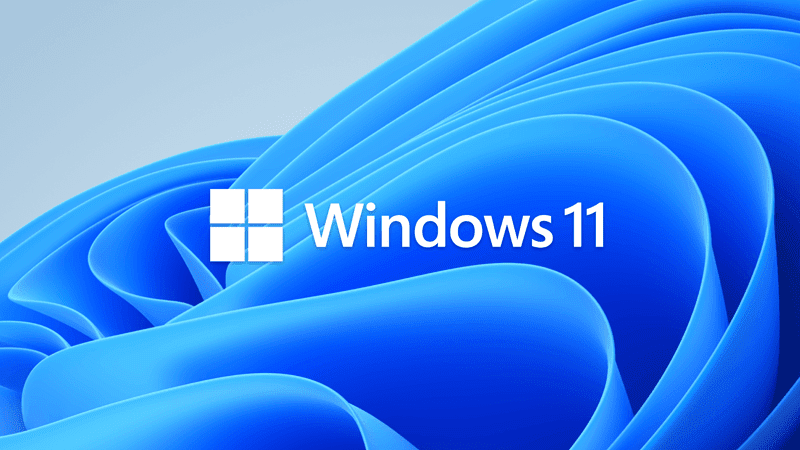Agreed, but it's not actually necessary to sign in to Windows with your MS account to get your PC listed as a device in your MS account. All my PCs and VMs use local accounts, but all of them (13 at last count) are there. All that is required is that you sign in to something with your MS account, the Store or Widgets would be sufficient. Once listed the Activation Troubleshooter can transfer activation to a new PC.
View attachment 58910
A Microsoft account (MSA) is a good choice if a user wants to use the same account on multiple devices, or wants to make it easy to use all / any Microsoft services. Setting up a preinstalled Windows 10 on a new device, after a clean install, or creating a new user on existing Windows...

www.elevenforum.com
Hey there and sorry for hijacking OP's thread after a whole month, but I'm particularly interested in keeping my PC using a local account while having the device listed in my Microsoft account.
So I've been using a local account on my laptop for over seven years, and I think my device has been listed to a Microsoft account for the past seven years as well, probably because I've been using their Mail, Xbox apps and Office 365 with my Microsoft account (but for my PC it has always been a local administrator account). And even though I've been using a local account to download free apps from the Microsoft Store, my device is somehow listed as one of the 10 device limits in the Microsoft Store. Now, everything works perfectly for me as I do want to see my device in my Microsoft account while still using a local account for my PC.
When I was renewing my Office 365 subscription the other day, I found out that my Microsoft account was logged out of Microsoft Word, probably because I haven't used it in a while. My first reaction was to log in, and when the prompt "Use this account everywhere on your device" popped up, I clicked "Next" without thinking much. Then I found out that my local account was replaced by my Microsoft account, or rather, a hybrid account that was sort of like a local account but was essentially a Microsoft account (like this:
Add Microsoft account to Local account for Hybrid account in Windows 11 Tutorial). This makes me feel uncomfortable because Microsoft used misleading language to make me unknowingly convert my local account that I've had for years into a Microsoft account.
After doing some research, I found out that clicking "Stop signing in to all Microsoft apps automatically" reverts my account to a local account After that, however, my device is no longer listed in my Microsoft account. I've tried logging into the Microsoft Store with my Microsoft account, but my device still doesn't appear in the Microsoft account's Devices page.
Any idea how to get my device listed in my Microsoft account while keeping me using a local account on my coumputer like before?










